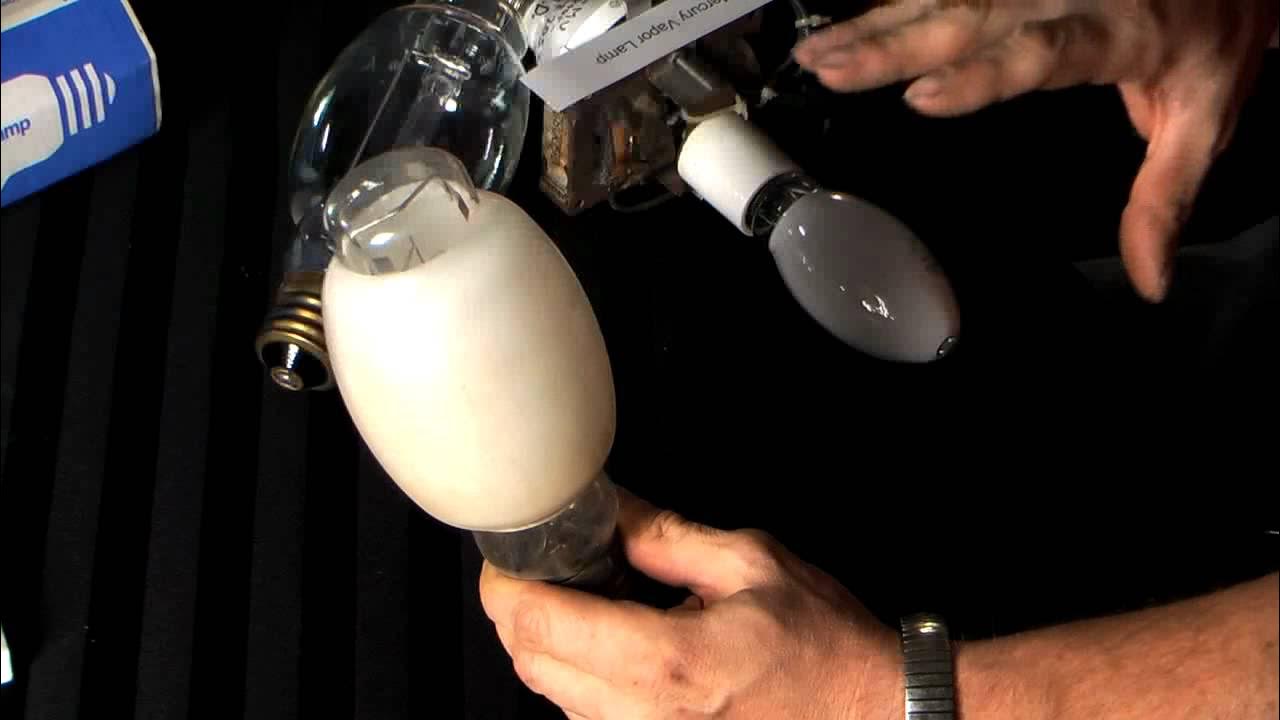fluorescent lamp | fluorescent lamp working | fluorescent tube | working of fluorescent lamp | hindi
Summary
TLDRThis script delves into the workings of fluorescent lamps, a type of low-pressure mercury vapor lamp that uses fluorescence to convert electrical energy into useful light. It covers the lamp's construction, including the glass tube, electrodes, and phosphor coating, and explains the starting process involving the filament starter and capacitor. The script highlights the lamp's efficiency, long lifespan, and applications in various settings, contrasting it with incandescent lamps. It also touches on the history of fluorescent lighting development and its advantages over traditional lighting.
Takeaways
- 😀 Fluorescent lamps are a type of low-pressure mercury vapor lamps that use fluorescence to deliver visible light.
- 🔬 The lamp consists of a glass tube filled with argon gas and a small amount of mercury, with phosphor coating on the inside to emit visible light when struck by ultraviolet radiation.
- 🛠️ The construction involves metal electrodes at both ends of the glass tube, designed in a spiral format and coated with electron-emitting material.
- 💡 The glass tube is made from a general lime glass that has heat-insulating properties to prevent damage from temperature increases.
- 🌟 The inner portion of the tube is coated with phosphor powder, and a thin layer of fluorescent material is coated on the inner wall, playing an important role in emitting visible light.
- 🔋 Inside the tube, there is a small amount of mercury and argon gas, and the tube is connected in series with a filament that provides the voltage impulse to start the lamp.
- ⚡ When the lamp starts, an electric current flows between the electrodes, causing the filament to heat up and ionize the argon gas, leading to the flow of an arc current between the electrodes.
- 🔆 The ultraviolet radiation emitted by the excited mercury vapor strikes the phosphor material on the tube's inner wall, resulting in the emission of visible light.
- 🕰️ The history of fluorescent lamps dates back to experiments by Georges Claude from 1912 to 1920, leading to the development of low and high-pressure electric discharge with mercury and sodium vapor.
- 🌐 The invention of fluorescent lamps was a major breakthrough in 1920, demonstrating that ultraviolet rays could be fully converted into visible light by using a mixture of mercury vapor and inert gas under low pressure.
- 💡 Fluorescent lamps are more efficient than incandescent lamps, with a longer lifespan and lower running costs, but they can have issues like stroboscopic effects and magnetic interference.
- 🏭 Industrial applications are suitable for fluorescent lamps due to their ability to illuminate large areas and provide uniform lighting, making them ideal for offices, residential applications, and commercial lighting.
Q & A
What is a fluorescent lamp?
-A fluorescent lamp is a type of low-pressure mercury vapor lamp that uses fluorescence to produce visible light from ultraviolet light.
How does a fluorescent lamp convert electrical energy into useful light energy?
-Fluorescent lamps convert electrical energy into useful light energy by using an electric current to excite mercury vapor and a phosphor coating inside a glass tube, which then emits visible light.
What materials are used to make the glass tube of a fluorescent lamp?
-The glass tube is made from general lime glass, which has heat-insulating properties to prevent damage when the temperature increases.
What is the role of the phosphor powder coating inside the fluorescent lamp tube?
-The phosphor powder coating inside the tube plays an important role in emitting visible light when the ultraviolet radiation from the mercury vapor strikes it.
How does the lamp starter work in a fluorescent lamp?
-The lamp starter in a fluorescent lamp works by creating a heat bend when full supply voltage is applied, which completes the starter circuit and allows high current to flow between the filaments.
What is the main difference between a filament lamp and a fluorescent lamp in terms of light production?
-A filament lamp produces light by heating a filament, whereas a fluorescent lamp produces light through the excitation of mercury vapor and phosphor material.
What are the advantages of using a fluorescent lamp over a filament lamp in terms of energy efficiency?
-Fluorescent lamps are more energy-efficient than filament lamps because they consume less power to produce the same brightness and have a longer lifespan.
What is the typical life span of a fluorescent lamp compared to a filament lamp?
-The typical life span of a fluorescent lamp is up to 9,000 hours, which is significantly longer than the 1,000 hours of a filament lamp.
Why are fluorescent lamps considered better for industrial applications?
-Fluorescent lamps are considered better for industrial applications because they can illuminate large areas with uniform light, making them suitable for factories and large workspaces.
What are some of the environmental and health concerns associated with fluorescent lamps?
-Fluorescent lamps contain toxic materials like mercury, which can be harmful to the environment and health if not disposed of properly.
How does the operation of a fluorescent lamp affect the flicker effect and magnetic interference?
-The operation of a fluorescent lamp can create a strobescopic effect and magnetic interference, which can be a disadvantage in certain applications where stable lighting is required.
Outlines

此内容仅限付费用户访问。 请升级后访问。
立即升级Mindmap

此内容仅限付费用户访问。 请升级后访问。
立即升级Keywords

此内容仅限付费用户访问。 请升级后访问。
立即升级Highlights

此内容仅限付费用户访问。 请升级后访问。
立即升级Transcripts

此内容仅限付费用户访问。 请升级后访问。
立即升级5.0 / 5 (0 votes)






